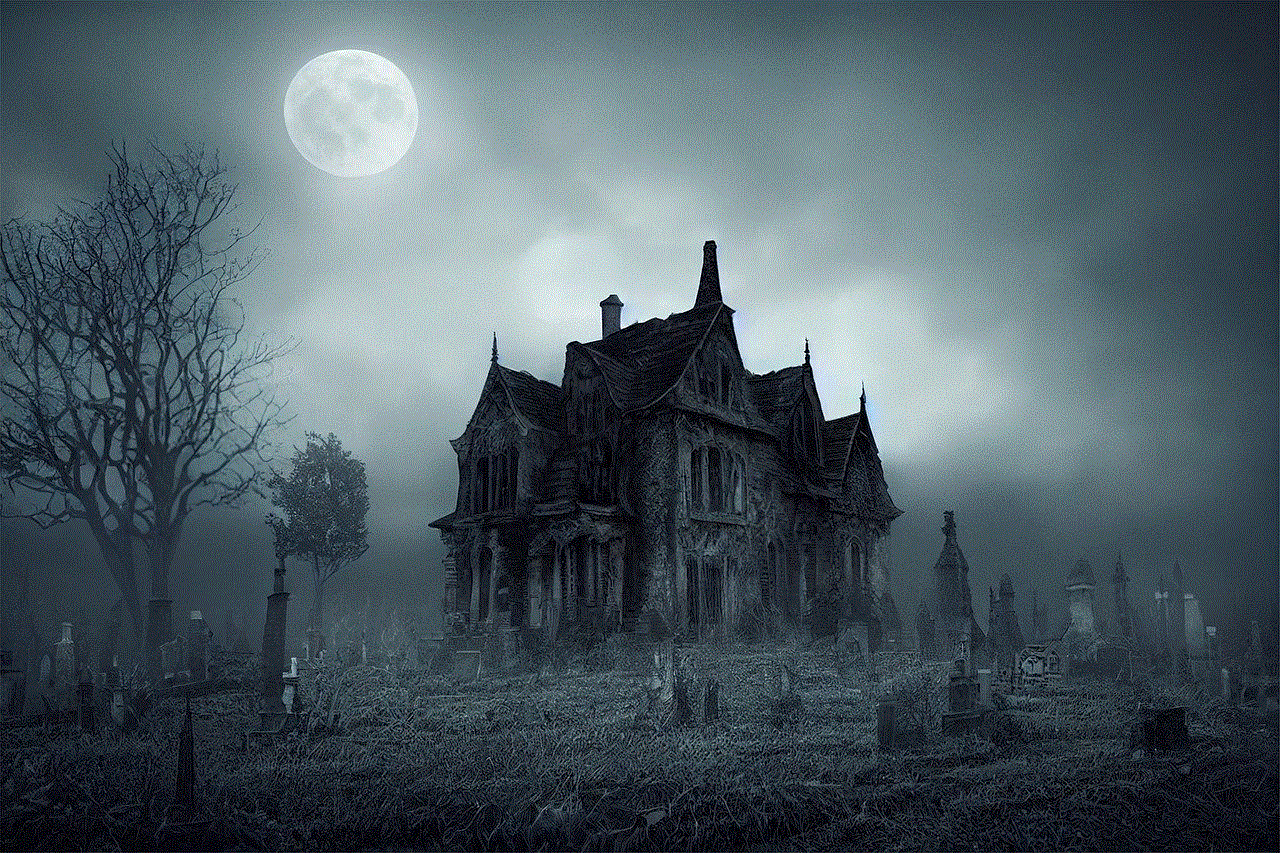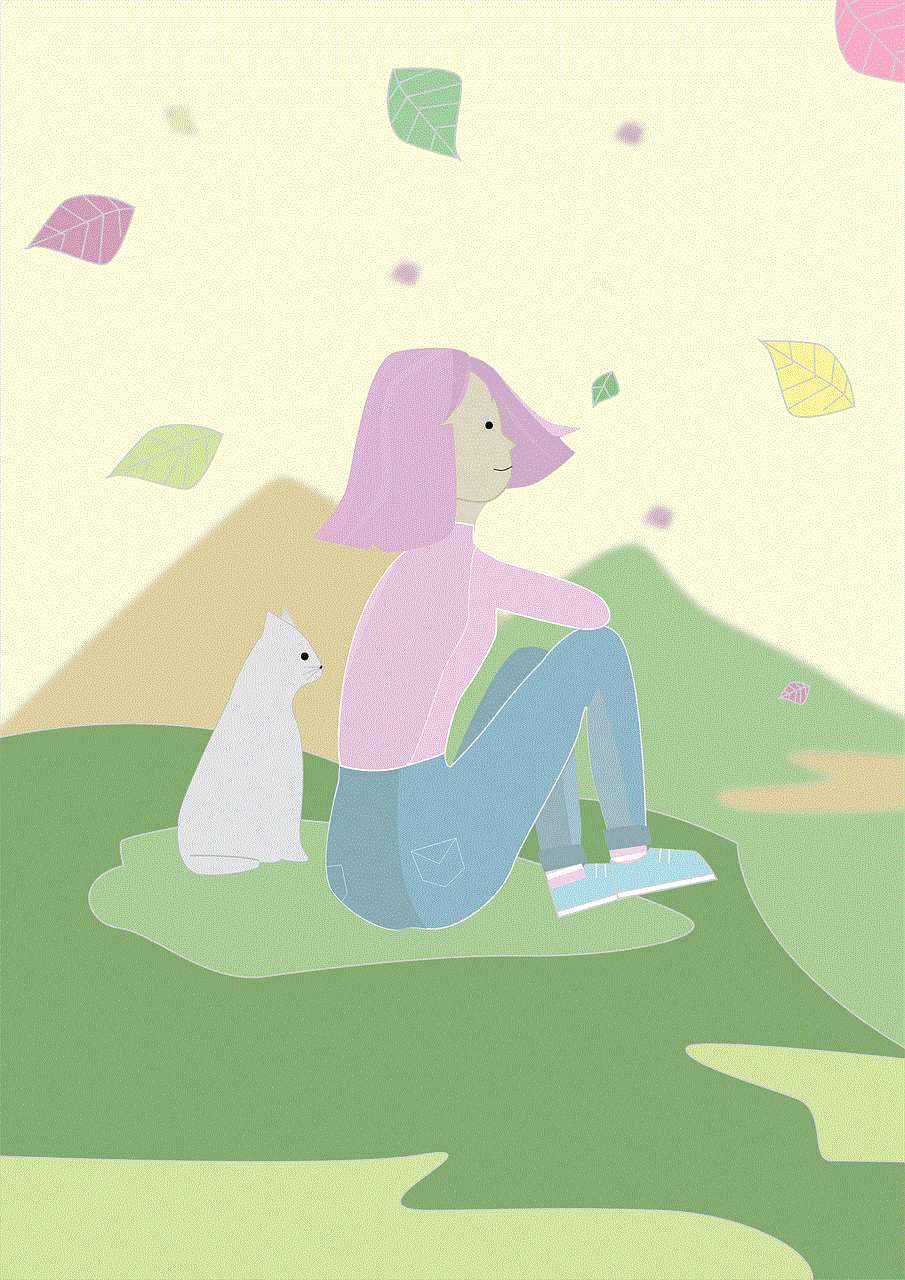waze friends not showing
Waze is a popular navigation app that uses real-time data from users to provide the most efficient routes and accurate traffic information. One of the key features of Waze is its ability to connect with friends, allowing users to see their friends’ locations and share their own locations with them. However, many users have reported issues with their Waze friends not showing up on the app. In this article, we will delve into the reasons behind this problem and provide solutions to help users get their Waze friends back on the map.
Before we dive into the solutions, let’s first understand how the Waze friend feature works. When a user signs up for Waze, they have the option to connect their Facebook account to the app. This allows them to find and add their Facebook friends who are also using Waze. Users can also manually add friends by searching for their usernames or sharing their Waze contact information. Once friends are added, their locations will be displayed on the map, making it easier for users to coordinate their routes and meet up.
Now, let’s look at some of the possible reasons why Waze friends may not be showing up on the app.
1. Outdated version of the app
Waze regularly releases updates to improve its features and fix bugs. If you haven’t updated your app in a while, it is possible that you are using an outdated version that is not compatible with the latest features, including the friend feature. To check for updates, go to the App Store (for iOS) or Google Play Store (for Android) and search for Waze. If an update is available, click on ‘Update’ to install the latest version.
2. Privacy settings
Waze allows users to customize their privacy settings, including who can see their location. If your friends cannot see your location, it could be because you have selected the option to hide your location from them. To change this, open Waze and go to ‘My Waze’ > ‘Settings’ > ‘Privacy’. Here, make sure the option for ‘Share my drive’ is turned on and that your friends are selected under ‘Who can see my location’.
3. Facebook connection issue
If you have connected your Facebook account to Waze and your friends are still not showing up, it could be due to a connection issue between the two apps. To fix this, go to ‘My Waze’ > ‘Settings’ > ‘Facebook’ and make sure the option to ‘Connect to Facebook’ is checked. If it is already checked, try disconnecting and reconnecting your Facebook account to Waze.
4. Inactive friends
Waze friends who have not used the app for a long time may not show up on the map. This is because their location is not being updated, making it impossible for you to see where they are. To confirm if this is the case, try messaging your friends to see if they are still using Waze. If they are not, it may be time to remove them from your friend list.
5. Incorrect usernames
If you have added friends manually by searching for their usernames, make sure that you have entered the correct username. It is possible that you may have misspelled the username or added the wrong user. To check this, go to ‘My Waze’ > ‘Friends’ and click on the pencil icon next to your friend’s name. Here, you can edit their username or remove them from your friend list.
6. Server issues
Waze is a complex app that relies on a network of servers to function properly. If there are server issues, it could affect the friend feature and cause your friends to not show up on the app. To check if there are any server problems, you can visit the Waze status page or check social media for any reports from other users. If there are server issues, all you can do is wait for Waze to fix them.
7. Location services turned off
Waze requires access to your device’s location services to work properly. If you have disabled location services or have not given Waze permission to access your location, it may not be able to show your friends’ locations on the map. To fix this, go to your device’s settings and make sure that location services are turned on for Waze.
8. Poor internet connection
Since Waze relies on real-time data, it requires a stable internet connection to work. If you are in an area with poor internet connectivity, it may affect the app’s performance and cause your friends to not show up. To fix this, try connecting to a different network or wait until you have a stronger internet connection.
9. Glitches and bugs
Like any other app, Waze is not immune to glitches and bugs. If your friends are not showing up on the app, it could be due to a technical issue that can only be fixed by the developers. In this case, the best course of action is to report the problem to Waze support and wait for a fix.
10. Reinstalling the app
If all else fails, try uninstalling and reinstalling the app. This will reset all settings and give the app a fresh start, which may help fix any underlying issues. However, keep in mind that this should be a last resort as you will lose all your saved data and settings.
In conclusion, Waze friends not showing up is a common issue faced by users, but it can be fixed with some simple troubleshooting steps. By checking for updates, adjusting privacy settings, and ensuring a stable internet connection, you can get your Waze friends back on the map and enjoy the full benefits of this useful feature. If none of the solutions mentioned above work, don’t hesitate to contact Waze support for further assistance. Happy navigating!
restricted mode youtube greyed out
YouTube is one of the most popular video-sharing platforms in the world, with over 2 billion active users. From music videos to educational content, YouTube offers a wide variety of content to its users. However, not all content on YouTube is suitable for all audiences, especially for young viewers. To address this issue, YouTube introduced a feature called “Restricted Mode” in 2010, which allows users to filter out potentially mature or inappropriate content. But what is restricted mode on YouTube, and why is it sometimes greyed out? In this article, we will delve into the details of restricted mode on YouTube and explore the possible reasons for it being greyed out.
What is Restricted Mode on YouTube?
Restricted Mode is a feature on YouTube that limits the content that users can access. It is primarily designed to filter out potentially mature or inappropriate content, such as violence, nudity, or profanity. This feature is especially useful for parents who want to control what their children can watch on YouTube. When activated, restricted mode hides videos that may not be suitable for all audiences, based on community guidelines and other signals. It also filters out comments, live chat, and user-generated content from the video page, making it a safer and more controlled environment for viewers.
How to Turn on Restricted Mode on YouTube?



Restricted Mode is an optional feature on YouTube, and it is not automatically enabled for users. To turn on restricted mode, follow these simple steps:
1. Open YouTube and sign in to your account.
2. Click on the three horizontal lines in the top-left corner of the screen to open the menu.
3. Scroll down and click on “Settings.”
4. In the “General” tab, scroll down and click on “Restricted Mode.”
5. Toggle the switch to the right to turn on Restricted Mode.
6. Enter your password to confirm the changes.
Once activated, Restricted Mode will remain on until you turn it off. However, it is essential to note that Restricted Mode is not 100% accurate, and some content may slip through the filter. Additionally, it only works on the browser or device you have activated it on. If you use multiple devices to access YouTube, you will need to turn on Restricted Mode on each device separately.
Why is Restricted Mode Greyed Out?
While Restricted Mode is an essential feature on YouTube, some users may encounter a situation where the option to enable it is greyed out. This can be frustrating, especially for parents who want to protect their children from potentially harmful content. There can be several reasons why Restricted Mode is greyed out, and we will discuss some of the most common ones below.
1. Logged Out or Incognito Mode
Restricted Mode is only available to users who are signed in to their YouTube account. If you are not signed in or using an incognito window, the option to turn on Restricted Mode will be greyed out. In this case, you will need to sign in to your account or switch to a regular browsing window to enable Restricted Mode.
2. Age Restrictions
YouTube has age restrictions for some types of content, such as mature or explicit music videos. If you are under the age of 18, the option to turn on Restricted Mode will be greyed out, as it is already activated for your account. However, if you are over 18, you can click on the “Turn off restricted mode” button and enter your age to disable the age restriction.
3. School or Work Network



If you are using YouTube on a school or work network, the network administrator may have restricted access to certain features, including Restricted Mode. In this case, you will not be able to enable Restricted Mode, and you will need to use a personal device or network to do so.
4. Browser or Device Settings
Your browser or device settings may be preventing you from turning on Restricted Mode. For example, if you have parental controls or content filters enabled on your device, they may interfere with Restricted Mode on YouTube. In this case, you will need to adjust your settings to allow access to Restricted Mode.
5. Location Restrictions
YouTube has different versions for different countries, and some content may not be available in certain regions. If you are accessing YouTube from a restricted location, the option to enable Restricted Mode may be greyed out. In this case, you can try using a VPN to change your IP address and access the content.
6. Technical Issues
Sometimes, the reason for Restricted Mode being greyed out may be due to technical issues with YouTube. These issues can range from temporary glitches to a bug in the system. In this case, you can try refreshing the page or accessing YouTube from a different device to see if the issue resolves itself.
7. Age-Restricted Videos
Restricted Mode cannot filter out age-restricted videos, as they require users to be signed in and over 18 to access them. If a video you are trying to watch is age-restricted, the option to turn on Restricted Mode will be greyed out. In this case, you will need to log in to your account or watch the video on a different device with Restricted Mode turned off.
8. YouTube Kids App
YouTube has a separate app called YouTube Kids, specifically designed for young viewers. This app has built-in parental controls, and therefore, the option to enable Restricted Mode will be greyed out. If you are using the YouTube Kids app, you do not need to turn on Restricted Mode, as it is already activated by default.
9. Content Creator Restrictions
Some content creators may have turned on age restrictions for their videos, which will prevent users from turning on Restricted Mode. In this case, the creators have deemed their content suitable for a mature audience, and Restricted Mode may not be necessary. However, if you feel that the content is inappropriate for your child, you can report it to YouTube for review.
10. Changes in Community Guidelines
YouTube’s community guidelines are constantly evolving, and some changes may affect the availability of Restricted Mode. For example, if a video that was previously suitable for all audiences is now deemed inappropriate, it may be filtered out by Restricted Mode. In this case, you will need to adjust your settings or report the video to YouTube for review.



Conclusion
Restricted Mode on YouTube is a useful feature that can help filter out potentially mature or inappropriate content. It is especially beneficial for parents who want to protect their children from harmful videos. However, there can be several reasons why the option to enable Restricted Mode is greyed out. By understanding these reasons, users can troubleshoot the issue and enable Restricted Mode to ensure a safer viewing experience on YouTube. Ultimately, it is the responsibility of both YouTube and its users to create a safe and enjoyable environment for all audiences.